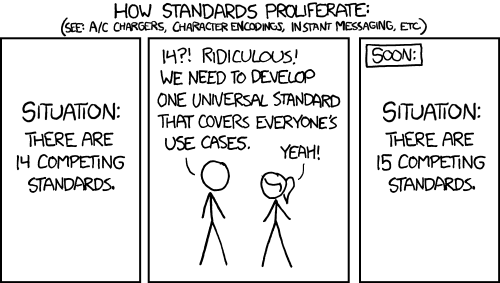Andy
Senior Member (Voting rights)
Abstract
Objective
To evaluate the comparability and responsiveness of PROMIS Fatigue Item Bank across six chronic conditions.
Study Design and Setting
Individuals (n=1,430) with chronic obstructive pulmonary disease (COPD; n=125), chronic heart failure (CHF; n=60), chronic back pain (n=218), major depressive disorder (MDD; n=196), rheumatoid arthritis (RA; n=521), and cancer(n=310) completed assessments from the PROMIS fatigue item bank at baseline and a clinically-relevant follow-up. The cancer and arthritis samples were followed in observational studies; the other four groups were enrolled immediately prior to a planned clinical intervention. All participants completed global ratings of change at follow-up. Linear mixed effects models and standardized response means were estimated to examine clinical validity and responsiveness to change.
Results
All patient groups reported more fatigue than the general population (range = 0.2 – 1.29 SD worse). The four clinical groups with pre-treatment baseline data experienced significant improvement in fatigue at follow-up (effect size range= 0.25 to 0.91). Individuals reporting better overall health usually experienced larger fatigue changes than those reporting worse overall health.
Conclusion
The results support the PROMIS fatigue measures’s responsiveness to change in six different chronic conditions. In addition, these results support the ability of the PROMIS fatigue measures to compare differences in fatigue across a range of chronic conditions, thereby enabling comparative effectiveness research.
Paywall, https://www.jclinepi.com/article/S0895-4356(16)00149-9/fulltext
Open access, https://www.ncbi.nlm.nih.gov/pmc/articles/PMC4902759/
Objective
To evaluate the comparability and responsiveness of PROMIS Fatigue Item Bank across six chronic conditions.
Study Design and Setting
Individuals (n=1,430) with chronic obstructive pulmonary disease (COPD; n=125), chronic heart failure (CHF; n=60), chronic back pain (n=218), major depressive disorder (MDD; n=196), rheumatoid arthritis (RA; n=521), and cancer(n=310) completed assessments from the PROMIS fatigue item bank at baseline and a clinically-relevant follow-up. The cancer and arthritis samples were followed in observational studies; the other four groups were enrolled immediately prior to a planned clinical intervention. All participants completed global ratings of change at follow-up. Linear mixed effects models and standardized response means were estimated to examine clinical validity and responsiveness to change.
Results
All patient groups reported more fatigue than the general population (range = 0.2 – 1.29 SD worse). The four clinical groups with pre-treatment baseline data experienced significant improvement in fatigue at follow-up (effect size range= 0.25 to 0.91). Individuals reporting better overall health usually experienced larger fatigue changes than those reporting worse overall health.
Conclusion
The results support the PROMIS fatigue measures’s responsiveness to change in six different chronic conditions. In addition, these results support the ability of the PROMIS fatigue measures to compare differences in fatigue across a range of chronic conditions, thereby enabling comparative effectiveness research.
Paywall, https://www.jclinepi.com/article/S0895-4356(16)00149-9/fulltext
Open access, https://www.ncbi.nlm.nih.gov/pmc/articles/PMC4902759/

